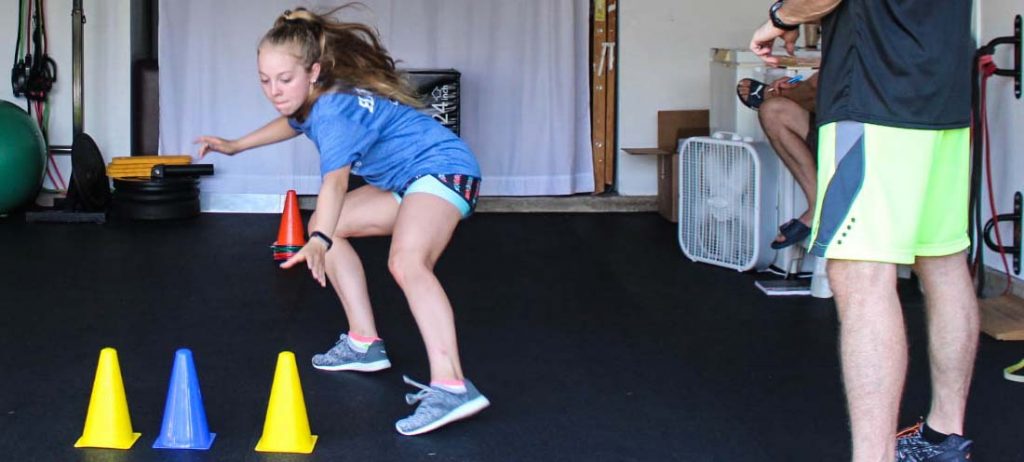What Exactly is Great Body Control?
When you see an athlete with great agility and quickness you never forget it. They seem to float across the court or field. They may not be the fastest sprinter, but they cut and change directions quicker than anyone else in the game. We often wonder what makes athletes so quick and have such great agility. It isn’t just one thing. However, if we were to encompass it into one thing we would say the athlete has great body control.
We know it when we see it, but what is it in the body that makes up great body control?
Components Important to Great Body Control:
- The athlete must have great proprioceptive awareness. This means their nervous system, the nerves in the muscles, tendons, joints, and ligaments that feel pressure, speed, and other forces, tell the body how to regulate its position all the time. Athletes with a great ability to make subtle to massive adjustments quickly and accurately will have high levels of control.
- The athlete must have great force absorption as well as force production. This is critical when changing direction. When the athlete puts on the brakes it isn’t usually just to stop; it is to get going in a new direction quickly. Athletes that can go from the “stopping” to the “going” or deceleration to acceleration quickly will be quicker.
- The athlete must have a great ability to reposition the feet in any direction around his or her center of mass. This means the athlete should be able to replace the feet on angles that promote a positive deceleration and or acceleration angle.
- The athlete must understand how to maintain proper levels or go in and out of level changes so it doesn’t disrupt the quickness of acceleration. I like to use the term “staying in the tunnel”. This simply means the athlete understands staying low and creating acceleration and deceleration angles by repositioning the feet and not going up and down with the body when unnecessary.
- The athlete should have proper mobility and flexibility so they do not have to modify movement patterns due to the lack of range of motion. Now, I said the athlete should have proper mobility and flexibility, but I have seen many quick and agile athletes that are a train wreck during an assessment. They are limited in all kinds of joints. That shows you how the body can compensate. So for the athlete to be healthy they should have proper mobility and flexibility.
I know there are many other items that make up body control, but these five are the key ones in my mind. I would love to hear more from you.

